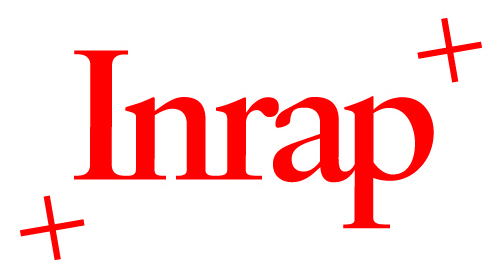Du hachoir au « fer à fibres »: retour sur un objet à la fonction mal définie provenant des sépultures féminines privilégiées de l’époque mérovingienne
Résumé
Rich female tombs of the merovingian period sometimes contain an enigmatic object, most often defined as a chopper (hachoir) in France and as a tool used to grind textile fibers in Germany. It is in the form of a rectangular or sub-rectangular iron blade, extended at the back by two or three bristles intended to fix the handle. The discovery of seven new specimens in Alsace was an opportunity to return to the function of this object. The study was based on the inventory carried out by U. Koch for France, Germany and Switzerland, which was completed. The 105 objects inventoried made it possible to specify the funerary context and the morphological characteristics of this tool and to draw a first outline of its typology. Thanks to this analysis, but also to the ethnographic parallels, the interpretation of a tool designed to grind, or scrape textile fibers was favored. However, this function led to questions about the presence of this object in the graves of merovingian women of high social status and its possible symbolic significance.
Les tombes riches féminines de l’époque mérovingienne renferment parfois en dépôt un objet énigmatique, défini le plus souvent comme hachoir en France et d’outil servant à broyer les fibres textiles en Allemagne. Il se présente sous la forme d’une lame en fer rectangulaire ou sub-rectangulaire, prolongée au dos par deux ou trois soies destinées à fixer le manche. La découverte de sept nouveaux exemplaires en Alsace a été l’occasion de revenir sur la fonction de cet objet. L’étude s’est appuyée sur l’inventaire réalisé par U. Koch pour la France, l’Allemagne et la Suisse, qui a été complété. Les 105 objets recensés ont permis de préciser le contexte funéraire et les caractéristiques morphologiques de cet outil et d’en tirer une première ébauche de typologie. Grâce à cette analyse mais aussi aux parallèles ethnographiques, l’interprétation d’un outil destiné à broyer ou à racler les fibres textiles a pu être privilégiée. Cette fonction a conduit néanmoins à s’interroger sur la présence de cet objet dans la tombe des femmes mérovingiennes de condition sociale élevée et sur sa signification éventuellement symbolique.

